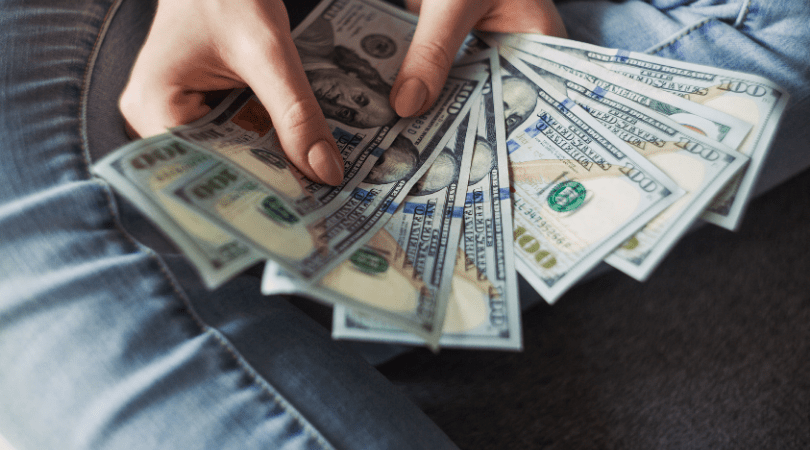
While the pandemic has caused disruptions throughout the economy, cash isn’t one of its casualties.
According to Atm Marketplace,
“The amount of U.S. currency in circulation just skyrocketed with the COVID shutdown in March,” [David] Lott [payment risk expert for the Federal Reserve Bank of Atlanta] said, and in October, U.S. currency totaled $2 trillion.
According to pre- and post-pandemic consumer surveys by the Fed, consumers were holding more cash post-pandemic. In October 2019, 43% had less than $25 in cash compared to 34% who had this amount in the spring of 2020; the number holding more than $100 in cash rose from about one third to nearly on[e] half in April/May 2020.
That’s due, in part, to the stimulus payments issued early in the pandemic and the lack of places to spend it during the shutdowns.
But consumers seem to have no reluctance to handle cash. In fact, consumers’ preference for cash remains virtually unchanged from 2019 to 2020.
While maybe counterintuitive that consumers wouldn’t be eschewing “dirty” cash in favor of mobile payments or even plastic, consumer behavior comports with the science. There is little evidence that use of cash significantly increases the risk of contracting COVID.
While cash use has been in long-term decline, COVID won’t be the cause of its demise.
